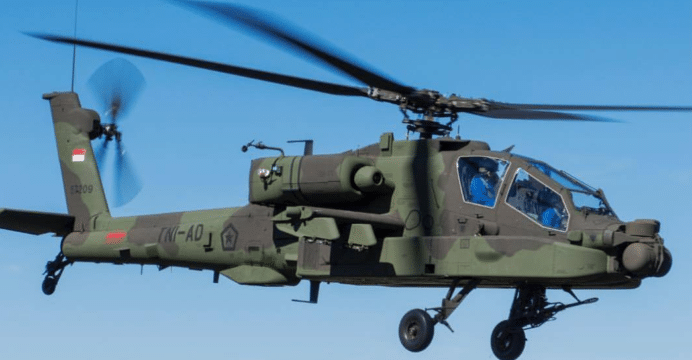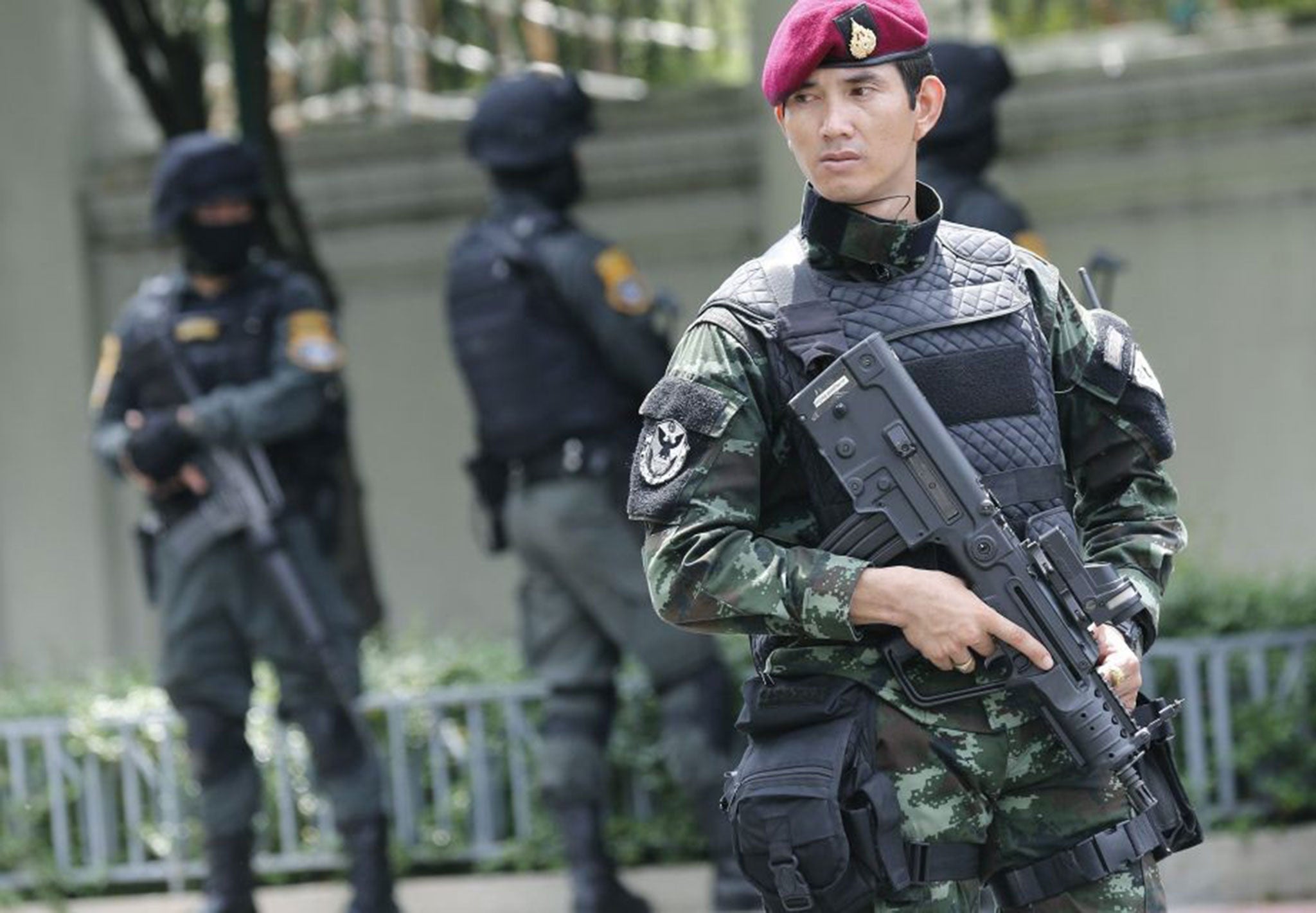Global Firepower has released the 2018 Military Strength Ranking. It ranks different countries in the world on their military capabilities.
The ranking assesses the diversity of weapons held by each country and pays particular attention to the manpower available. The geography, logistical capacity, available natural resources, and the status of local industry are also taken into account including each country’s military budget, number of aircraft carriers, available manpower and labor force.

While recognized nuclear powers receive a bonus, the nuclear stockpiles are not factored into the score.
Moreover, countries that are landlocked are not docked points for lacking a navy, though they are penalized for not having a merchant marine force. Countries with navies are penalized if there is a lack of diversity in their naval assets.

NATO countries get a slight bonus because the alliance would theoretically share resources, but in general, a country’s current political and military leadership was not considered.

Below, you can see the world’s top 25 militaries and the assets they can deploy to the battlefield, as ranked by Global Firepower Index.

In Southeast Asia, Indonesia tops the rank followed by Vietnam and Thailand.
The ranking assesses the diversity of weapons held by each country and pays particular attention to the manpower available.
“Balance is the key – a large, strong fighting force across land, sea and air backed by a resilient economy and defensible territory along with an efficient infrastructure – such qualities are those used to round out a particular nation’s total fighting strength on paper,” the ranking states.
Geographical factors, logistical flexibility, natural resources, and local industry all influenced the final ranking, Global Firepower said.
Each of the top 10 countries have a labor force of more than 30 million people. Three of the top five – the US, China, and India – have more than 150 million available workers.
The following 15 countries vary more widely in labor-force size – from 123.7 million in Indonesia to 3.9 million in Israel – but they still have more than 37.2 million workers on average.
Industrial and labor capacity are complemented by robust logistical capabilities, including extensive railway and roadway networks, numerous major ports and airports, and strong merchant-marine corps. Extensive coastlines and waterways also facilitate the movement of goods and people.
Source: Business Insider | Global Firepower



















